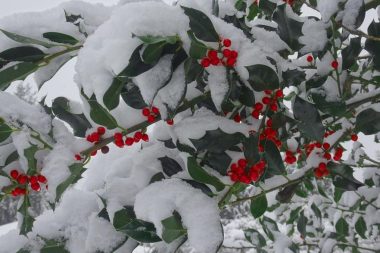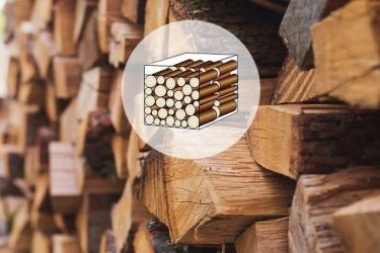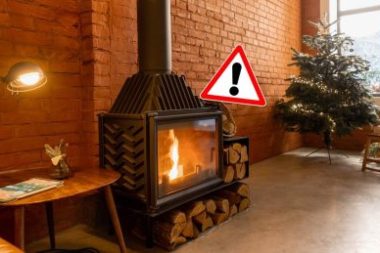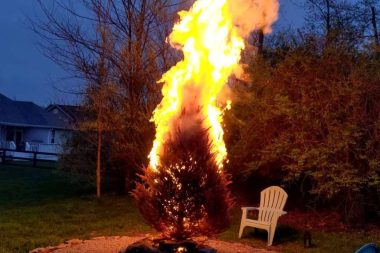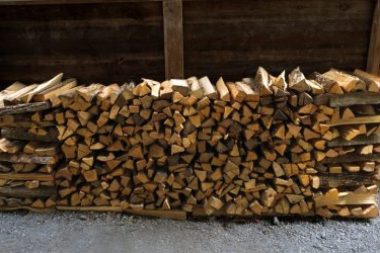How to imagine Christmas without a Christmas tree? While some choose artificial trees, durable and sturdy, others swear by a real tree to welcome children’s gifts… and adults’ gifts. However, not all trees are the same. To help you make your choice, here are some tips on different species.
Table of Contents
Contents
The spruce, the most traditional
Despite its appearance as a Christmas tree, the spruce is not really one from a botanical point of view. Indeed, the spruce belongs to the Picea genus while the Christmas trees belong to the Abies genus. However, the spruce sold as a Christmas tree is named Picea abies in Latin, to emphasize its resemblance to Christmas trees.
This spruce is characterized by a well-balanced silhouette and a conical to pyramidal shape.

Its needles are a beautiful dark green, shiny, rather sharp, and short. They are solitary and arranged in a brush or fan shape on the branches.
Its main advantage lies in the conifer scent it emits as soon as it is placed in a warm environment in the living room. However, its needles fall relatively quickly, after only two to three weeks. Nevertheless, it is the least expensive tree.
- 5 inexpensive Christmas gift ideas for gardeners
- 10 trees or shrubs with flamboyant autumn colors
The Nordmann fir, the most robust
Becoming very trendy in recent years, the Nordmann fir (Abies nordmanniana) surpasses the spruce in the living room. It must be said that it is resistant and has a rather proud appearance. With a regular pyramidal shape, it has non-sharp deep green needles, perfect for children.
These needles also have the ability not to fall. For those who celebrate Christmas around the tree for more than a month, it is the ideal evergreen tree.

However, with the Nordmann fir, the Christmas spirit and scents are less present. It is a very heat-resistant tree but does not emit any scent.
Its price remains much higher than that of a spruce. This price is mainly explained by its slow growth (unlike the spruce, which grows very quickly).
The noble fir with dense foliage
The noble fir or Oregon fir. The adjective was not chosen at random, as this tree displays a majestic silhouette, rather conical. It is especially endowed with abundant vegetation, rich in lateral branches.
The needles are tinted with a slightly bluish green, almost silvery when illuminated.

It exhales a delicate lemony fragrance. Very voluminous, this tree is perfect for large spaces.
It is one of the most expensive Christmas trees because it requires careful care.
The Douglas fir, the tree from America
It is not really a fir tree either, as it is named Pseudotsuga menziesii or douglasii. It is a tall conifer with a pyramidal shape, an airy silhouette, and bright green needles. Its bark has the particularity of being corky and covered with brown-gray cracks.

The branches are extremely flexible, ideal for simple decoration, without overload.
- How to take care of your vegetable garden in winter?
- What plants to plant for a beautiful garden this winter?
The blue spruce, for a change from green!
The blue spruce (Picea pungens) is another option for an original Christmas tree. Indeed, this variety of spruce, often conical in shape, offers a dense foliage with silver-blue reflections.

It has large, quite sharp needles that do not fall.
It is not necessarily recommended for families with young children. However, it smells very good.




